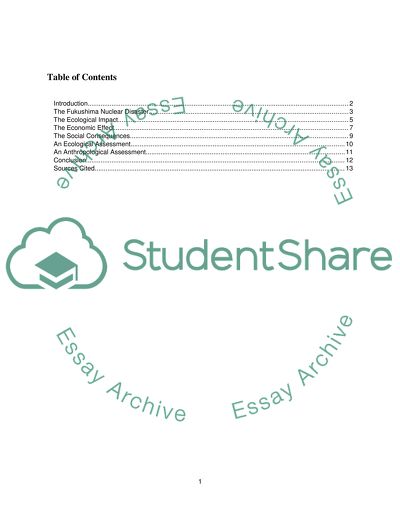Cite this document
(“As an ecologically concerned engineer or anthropologist, critically Essay”, n.d.)
Retrieved from https://studentshare.org/anthropology/1425068-as-an-ecologically-concerned-engineer-or
Retrieved from https://studentshare.org/anthropology/1425068-as-an-ecologically-concerned-engineer-or
(As an Ecologically Concerned Engineer or Anthropologist, Critically Essay)
https://studentshare.org/anthropology/1425068-as-an-ecologically-concerned-engineer-or.
https://studentshare.org/anthropology/1425068-as-an-ecologically-concerned-engineer-or.
“As an Ecologically Concerned Engineer or Anthropologist, Critically Essay”, n.d. https://studentshare.org/anthropology/1425068-as-an-ecologically-concerned-engineer-or.


